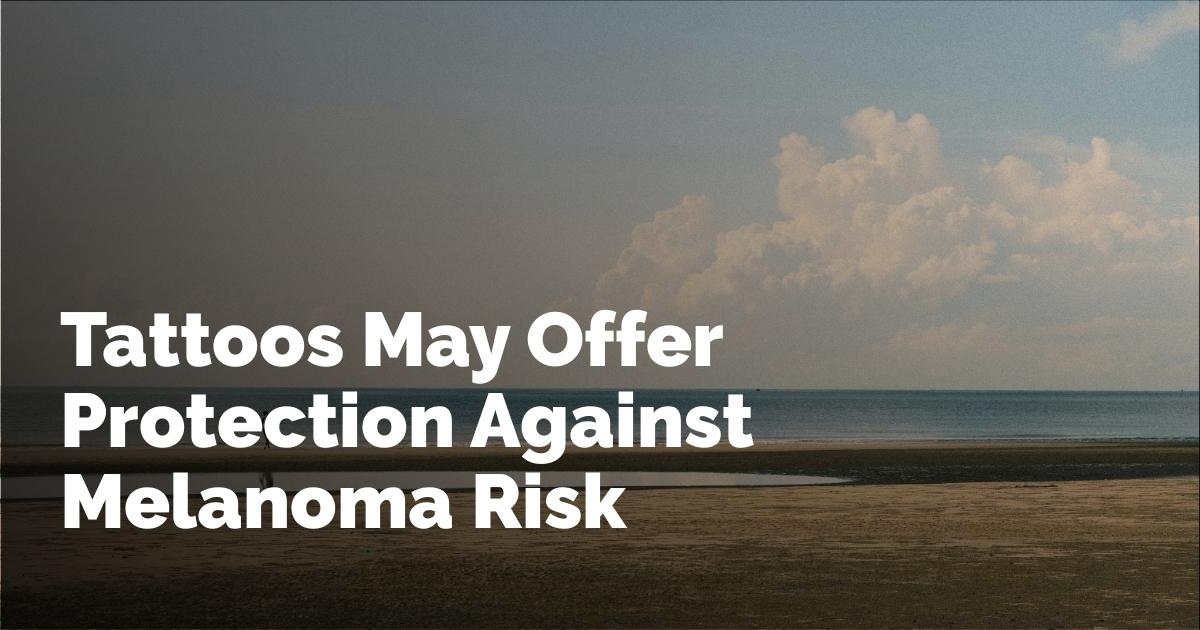The Surprising Connection Between Tattoos and Melanoma Risk
Tattoos have increasingly become a popular form of self-expression, with a significant number of people adorning their bodies in ink. According to recent research from the Huntsman Cancer Institute at the University of Utah, tattoos might also have an intriguing connection with the risk of developing melanoma, a type of skin cancer. This research presents a perplexing scenario: while some aspects of tattooing appear to reduce the risk of melanoma, others might exacerbate it.
Research Insights: Increased and Decreased Risks
The study led by Jennifer Doherty, a prominent figure at Huntsman Cancer Institute, analyzed data from 7,000 residents of Utah. This research unearthed that individuals who undergo multiple tattoo sessions tend to have a lower risk of developing both invasive and in situ melanoma. In situ melanoma refers to cancerous cells that remain confined to the skin's surface and are easier to manage.
Conversely, those with only a single tattoo session were found to be more prone to melanoma, particularly the in situ type. This phenomenon is puzzling and suggests a complex interplay of factors that are not yet fully understood. It indicates a need for further investigation to decode this pattern.
Understanding the Impacts of Tattoos
Doherty highlights the necessity to thoroughly examine tattoos as a form of environmental exposure, especially concerning the increasing prevalence of tattoos among young adults. Statistics from the Pew Research Center show that approximately one-third of American adults have tattoos, with higher prevalence rates in younger age groups.
An initial hypothesis by the researchers was that tattoos might increase the risk of melanoma due to carcinogens present in tattoo inks. Tattoo inks often contain metals and other chemicals that can degrade over time, potentially forming new carcinogens. Inflammation caused by tattoos is another concern, as chronic inflammation is often linked to increased cancer risk.
However, the study's results suggested that multiple tattoos could potentially decrease melanoma risk, which came as a surprise to the team. This unexpected finding raises questions about whether the observed decreased risk could be associated with behavioral, physical, or even immunological factors.
Behavioral and Physiological Considerations
Those with multiple tattoos might tend to be more aware and cautious about sun exposure, thereby practicing better skincare. Tattoos could also potentially form a protective barrier against ultraviolet radiation or stimulate an immune response against abnormal, precancerous cells.
Rachel McCarty, a former doctoral student at the Huntsman Cancer Institute and now a post-doctoral scientist at the International Agency for Research on Cancer, advocates for further research. She emphasizes the need to comprehend whether the decreased melanoma risk is truly due to tattoos or other coincidental factors.
Practical Implications for Tattooed Individuals
Tattoo artists often advise their clients to apply sunscreen to protect tattoo colors from fading. This advice not only preserves the aesthetic of the tattoo but serves as a vital health precaution. Sun protection is crucial for everyone, including those with tattoos, to prevent skin damage and potential exacerbation of harmful effects caused by the breakdown of tattoo pigments under UV exposure.
Even though this study sheds light on a potential lower risk of melanoma among individuals with several tattoos, it stops short of suggesting tattoos as a preventive measure for skin cancer. The relationship between tattoos and other types of cancer remains uncertain, with earlier research, including a Swedish study, indicating a potential link between tattoos and increased risk for certain blood cancers.
Toward a Better Understanding of Melanoma Risk
The findings of this study, published in the Journal of the National Cancer Institute, open new avenues for comprehending how tattoos affect melanoma risk. This line of inquiry is particularly vital in regions with elevated melanoma rates, such as the Mountain West, which Huntsman Cancer Institute serves.
Douglas Grossman, an expert in dermatology and co-researcher in the study, stresses the importance of discerning melanoma risk factors to refine prevention strategies and provide patients with more accurate information about their cancer risks. With support from the National Institutes of Health/National Cancer Institute and the Huntsman Cancer Foundation, the research conducted at Huntsman Cancer Institute aims to illuminate the intricate factors underlying melanoma risk and guide future cancer prevention efforts.
The study invites new perspectives on how everyday choices and personal lifestyle decisions, like getting tattoos, might be influencing health in unexpected ways. As research endeavors continue, the scientific community remains focused on unraveling the complexities of cancer risk and working toward more effective prevention strategies.
출처 : Original Source

